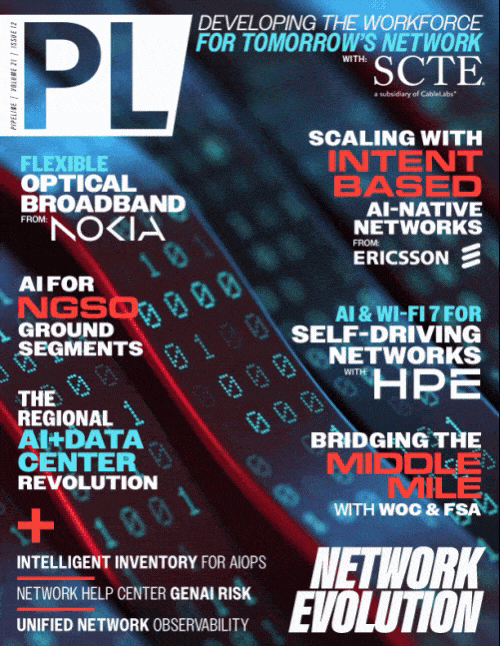Unlocking New Possibilities for Network
Designs with Thin Transponders

Major improvements in increasing fiber capacity have come from the evolution of optical engines – from direct-detect to coherent – and from increased wavelength bit rate enabled by the higher order modulation schemes. However, optical engines are approaching the Shannon limit. As a result, fiber capacity has begun to plateau as spectral efficiency becomes constrained.
This has triggered service providers and network operators to begin looking at new strategies for increasing the capacity of their networks, including the use of multi-fiber strategies to connect locations. As network operators embrace these multi-fiber strategies, it can cause a significant shift in their priorities when selecting network solutions. When networks are designed using a single fiber pair between locations, capacity per fiber is typically the most important factor in selecting an optical engine. However, when multi-fiber strategies are used, capacity per fiber becomes significantly less important, enabling network operators to focus on other factors – such as power and space efficiency.
This shift in priorities is aligning perfectly with the evolution of coherent pluggables. Advances in DSP (digital signal processor) and CMOS (complementary metal-oxide semiconductor) geometries – from 28nm to 7nm to 3nm – have led to significant enhancements in optical performance, increasing capacity-reach in compact form factors such as QSFP-DD (Quad Small Form-factor Pluggable Double Density) and OSFP (Octal Small Form-factor Pluggable). And while these coherent pluggable optical engines provide less fiber capacity compared to their embedded optical engine counterparts, they provide a significant reduction in power and footprint per bit.
With multiple coherent optical solutions and deployment models available, network operators need to understand the pros and cons of each approach and determine which is right for their network and applications. Embedded optical engines with their high bitrate (1.2+ Tb/s) per wavelength capacity-reach and spectral efficiency are the optical transmission workhorses for terrestrial and subsea networks where fiber is scarce or expensive, or both. However, coherent pluggables, such as the emerging 800G ZR/ZR+, deliver greater performance than ever before while offering significant reductions in space and power vs. their embedded counterparts. While IPoDWDM, with coherent pluggables deployed directly into IP routers, is one way to deploy coherent pluggables, it is not the only one. By understanding the benefits and trade-offs for each network application and deployment model, network operators can make the best choice for today and tomorrow.
Every application will have its own set of drivers. Embedded engines continue to be the technology of choice when fibers are scarce and the cost of adding incremental fibers is high. However, the compelling economics of coherent pluggables, coupled with the shift in priorities away from maximizing fiber capacity and toward cost, space, and power efficiency, are significantly expanding the applications’ scope. Network operators can secure a significant portion of the benefits of coherent pluggables while avoiding increased operational complexity or loss of optical functionality by selecting a third deployment model.
But what are the two current deployment models?
Current deployment models
There are currently two main deployment models of coherent optical engines being promoted by the industry:- High-performance optical engines embedded in a transponder card in an optical transport platform
- Coherent pluggables hosted in IP/Ethernet platforms, such as switches and routers
Embedded optical engine-based transponders are designed and built from the ground up to maximize fiber capacity with best-in-class optical performance (capacity-reach). They aggregate traffic from various types of client interfaces onto one or two high-bit-rate wavelengths, such as 1.2 Tb/s. Designed for deployment in fully integrated optical transport platforms, they typically support multiple client ports for aggregation, in addition to a full suite of integrated optical functions designed for traffic grooming, aggregation, hair pinning, protection, alarm correlation, and other purposes.
In addition to the performance and host of traffic management features, another advantage of embedded transponders is the operational domain separation, acting as a demarcation point between the IP (Internet Protocol) and the optical domain. This is useful in enforcing service level agreements (SLAs) through setting clear boundaries



















